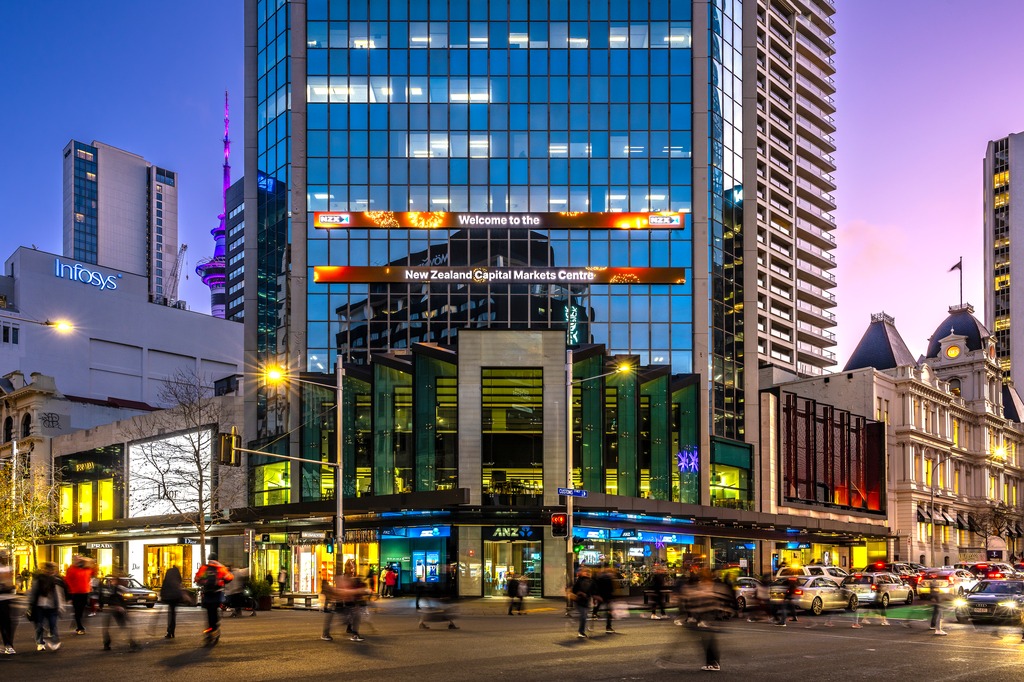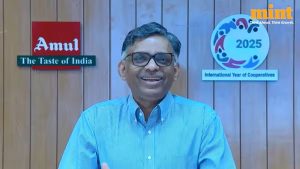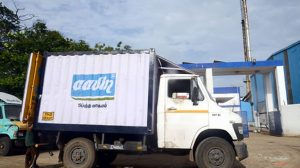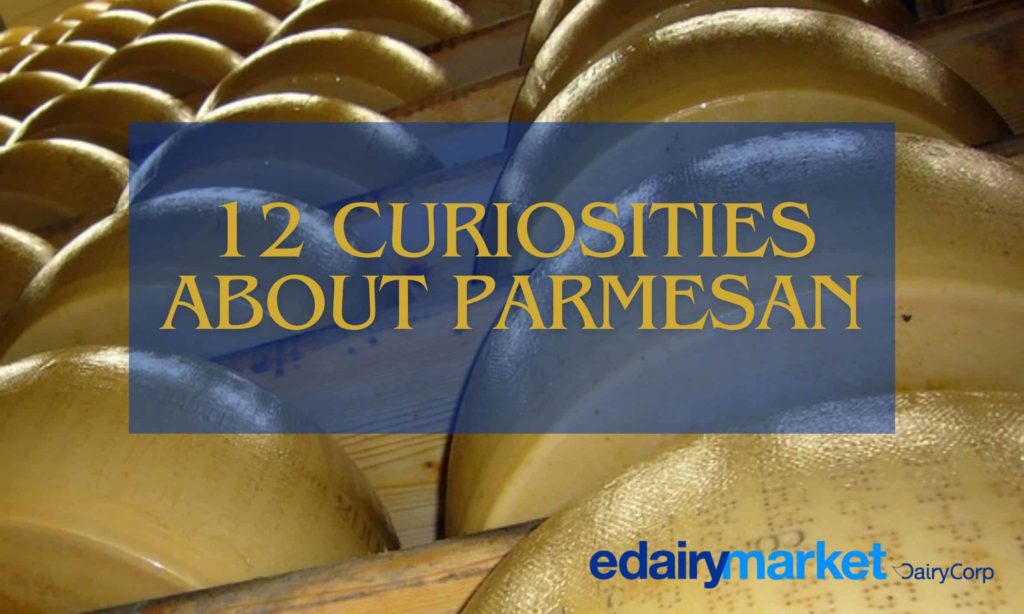New Zealand’s dairy industry shows strong early-season performance, with July setting a new production record and boosting exports. WMP futures are climbing, driving Milk Price Futures higher, while the SGX-NZX Derivatives market sees significant activity. These developments highlight the dynamic nature of the global dairy market as the season progresses.
New Zealand’s dairy industry is off to a promising start for the 2024-25 season, with July marking a recovery in production after a slower start in June, although output remains on the lower side of the seasonal milk curve. Milk production in July reached 27.4 million kilograms of milksolids, reflecting a significant 9.2% increase compared to the same month last year.
This boost represents the highest July milk production on record, surpassing the five-year rolling average by 6.2%. On a tonnage basis, July’s production totaled 310,000 tonnes, an 8.4% year-on-year (YoY) increase, signaling robust early-season performance despite the initial dip in June. However, the peak production months are yet to come, typically occurring between September and November.
Looking ahead, the
NZX milk production predictor suggests continued YoY increases for August, September, and October by 1.5%, 0.7%, and 0.8%, respectively. These predictions, however, are subject to the influence of weather patterns on pasture growth, which could lead to volatility in production levels.
In contrast, global dairy markets exhibited mixed results. U.S. milk production fell by -0.4% in July compared to the previous year, while Argentina and Uruguay reported declines of -4.8% and -9.2% YoY, respectively. Australia, on the other hand, recorded a 3.4% YoY increase in June milk production, while European production also rose by 1.3% YoY.
On the trade front, New Zealand’s dairy exports showed robust growth in July. Export volumes increased by 10.2% YoY, while export values rose by 10.7% YoY. The total volume of dairy products exported was 282,715 metric tonnes, driven by higher volumes of skim milk powder (SMP), cheese, infant formula, and casein.
Notably, SMP exports rebounded strongly after three months of decline, increasing by 57% YoY, with significant gains in shipments to China and other Asian markets. However, some products, such as anhydrous milk fat (AMF) and butter, saw decreases in export volumes.
Recent
Global Dairy Trade (GDT) events reflected this varied landscape. GDT Event 361 on August 6 saw the overall index rise by 0.5%, driven by gains in whole milk powder (WMP) and AMF. However, skim milk powder (SMP) prices continued to decline. The subsequent GDT Pulse and second event in August showed a strong recovery, with the index surging 5.5% in Event 362 on August 20, marking the largest percentage increase since March 2021.
Amid these developments, the SGX-NZX Derivatives market has seen strong momentum in WMP futures, which have been on an upward trajectory for the past two months, with the front contract settling at $3,630 on Friday 30 August—a level not seen since December 2022. The rising WMP prices have also influenced Milk Price Futures, with MKPU25 settling at $8.90 on Friday 30 August. New Zealand Skim Milk Powder (SMP) also continues to rise, off the back of positive GDT Pulse and Event 362, and is at a premium over EU across the futures curve. The SGX-NZX Derivatives market saw 63,289 lots trade in August 2024, with 67% of the volume traded in WMP futures.
As the dairy industry navigates these developments, stakeholders are encouraged to stay informed and engaged through events like the upcoming SGX-NZX Global Dairy Seminar, scheduled for October 7-9, 2024. This annual event offers an essential platform for industry participants to share insights and strategies, with a focus on navigating the complexities of global dairy markets. For more information or to register for the event, click
here.


















